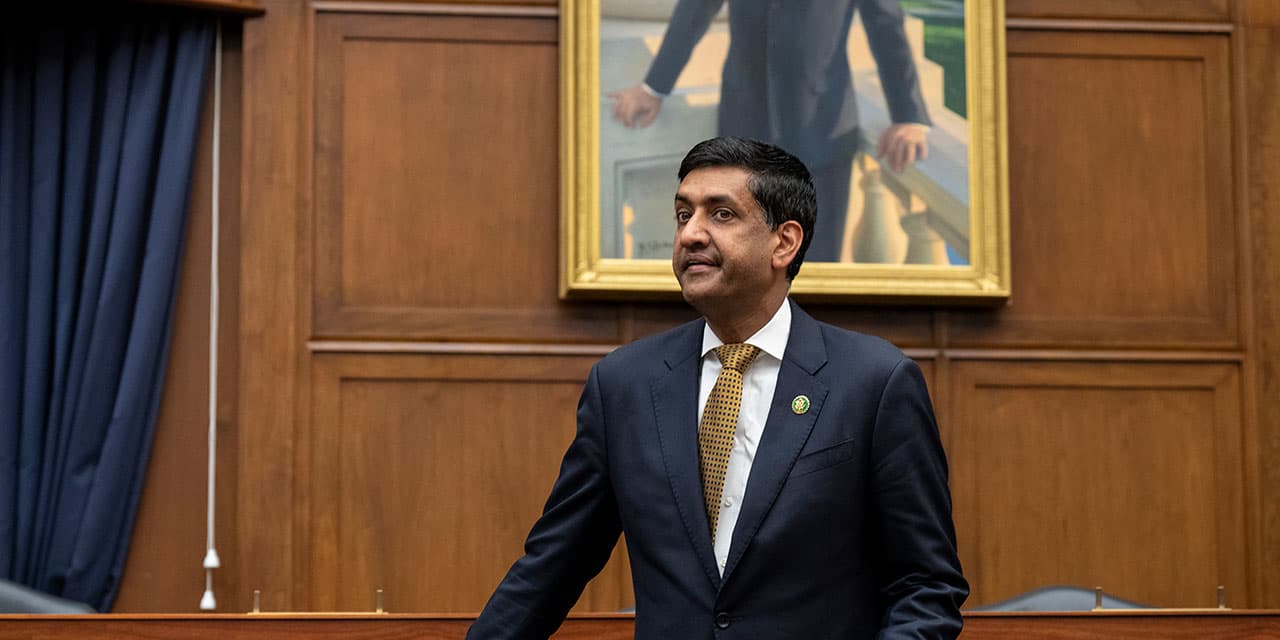Democratic Party Faces 28% Favorability Low Amidst Warnings on Presidential Election Strategy

Political strategist Jesse Arm recently cautioned that the Democratic Party's "halfway decent midterm performance" could lead to a misjudgment of their overall political standing, particularly in a higher-turnout presidential election. Arm's commentary, shared on social media, suggests that overlooking "glaring weaknesses" could prove detrimental when the electorate expands beyond typical midterm voters. This perspective emerges as the party navigates a complex political landscape following the 2022 midterms, where Democrats outperformed historical trends by retaining the Senate and narrowly losing the House.
Despite the better-than-expected 2022 midterm results, the Democratic Party's public image faces significant challenges. A recent CNN poll indicates that only 28% of Americans view the Democratic Party favorably, marking the lowest point in CNN's polling history dating back to 1992. This low favorability, coupled with a deepening ideological rift between the party's progressive and centrist wings, signals underlying vulnerabilities.
Analysts point to a shifting dynamic in voter turnout between midterm and presidential elections. While Democrats have shown strength in lower-turnout special and midterm contests, a higher-turnout presidential race could reveal different voter priorities. Infrequent voters, often less engaged with traditional political narratives, tend to be more motivated by pocketbook issues rather than concerns over democracy or abortion rights, a demographic that could unexpectedly favor Republican candidates.
This potential disconnect highlights a strategic challenge for Democrats, who may need to broaden their appeal beyond core issues that resonated in the midterms. The party's ability to address widespread voter dissatisfaction and adapt its messaging to a more diverse and less politically engaged electorate will be crucial. The warning underscores that past midterm successes do not automatically translate into a winning formula for the distinct environment of a presidential election.